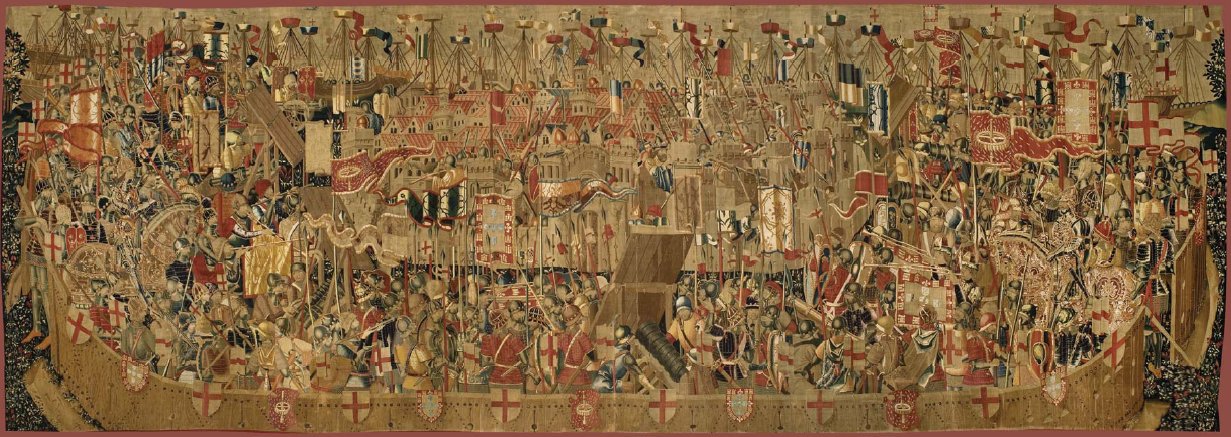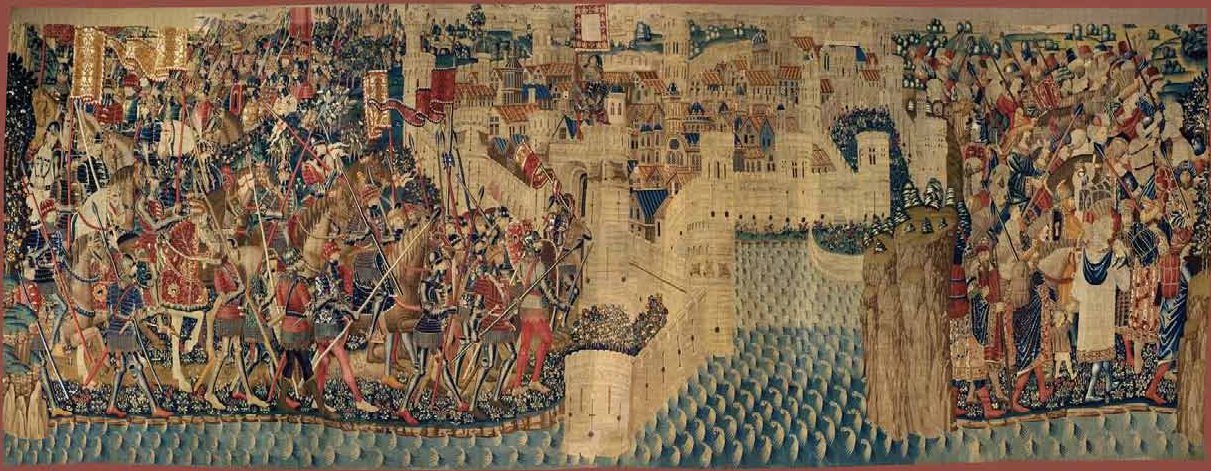
Try Amazon Audible Premium Plus and Get Up to Two Free Audiobooks
The Pastrana Tapestries of Alfonso V
(Conquista de Arcila y Tánger por Affonso V de Portugal)
Click on parts of an image for a larger detail. Portuguese Landing at Asilah. larger image | |||
| Detail of left | Detail of centre bottom | Detail of centre top | Detail of right |
 Portuguese Siege of Asilah larger image | |||
| Detail of centre | Detail of bombard | Detail of right | |
 Portuguese Assault on Asilah larger image | |||
| Detail of left | Detail of right | Detail of bottom right | |
 Portuguese Conquest of Tangier larger image zoomable image | ||||
| Detail of commander | Detail of left | Detail of centre | Detail of right | Detail of far right |